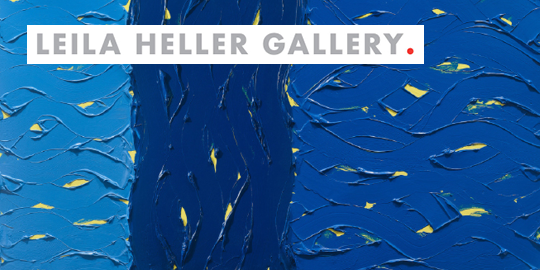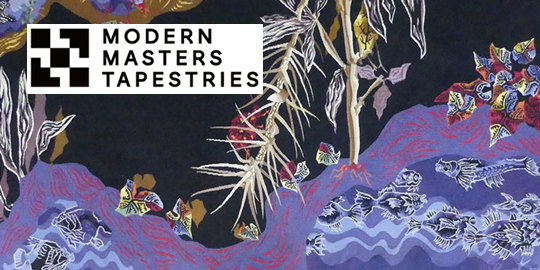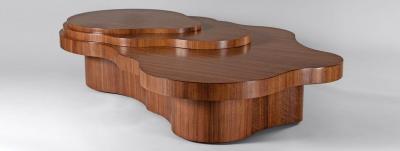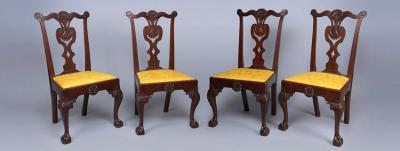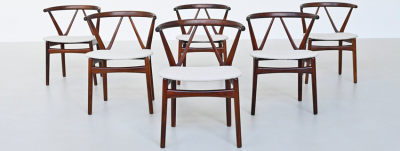Lyrical Studio Sign of Artist Thomas P. Moses
Discovery

- Portsmouth, New Hampshire, 1873
Gilt and painted wood; H. 54½, W. 21½, D. 1¾ inches
Inscriptions: In script on the back, near the bottom:
“T P Moses / Portsmouth / N.H.” / Paper label: “1”
Bequest of Charles H. “Cappy” Stewart
Courtesy of Portsmouth Historical Society, John Paul Jones House Museum, Portsmouth, NH
Among the items recorded in the first accession books (1920–1923) of the Portsmouth Historical Society was “1. “Wooden lyre (for decoration)” from antiques dealer Charles “Cappy” Stewart. Nearly one hundred years later, scholar Richard Candee was preparing for an exhibition and the society’s former curator, Sandra Rux, suggested he look at the lyre, long languishing in the attic. In doing so he discovered a hitherto unnoticed pencil inscription: “T.P. [Mo]ses/ Portsmouth/N.H.” As the author of the catalog The Artful Life of Thomas P. Moses 1808–1881 (Portsmouth Athenaeum, 2002), Candee recognized Moses’ nearly complete signature immediately.
Long the leading local artist in Portsmouth, Moses earned his living by giving music lessons. The Portsmouth Morning Chronicle noted in August 1873, “A very striking and beautiful sign is the new one recently raised over the door of the music room and studio of Mr. T.P. Moses on Pleasant street – the work of his own skillful and versatile hand.” According to the newspaper, the lyre sign originally included “a portrait of himself, surrounded with musical instruments and other emblems of the arts. . . [including] a golden lyre, the whole affording an attractive whole.”
Moses’ “golden lyre” is on view in Signs of the City at the Society’s John Paul Jones House Museum through October 2015. For information visit www.portsmouthhistory.org.
This Discovery was originally published in the Autumn 2015 issue of Antiques & Fine Art magazine, a digitized version of which is available on afamag.com.Antiques & Fine Art and AFAmag are affiliated with InCollect.com.


